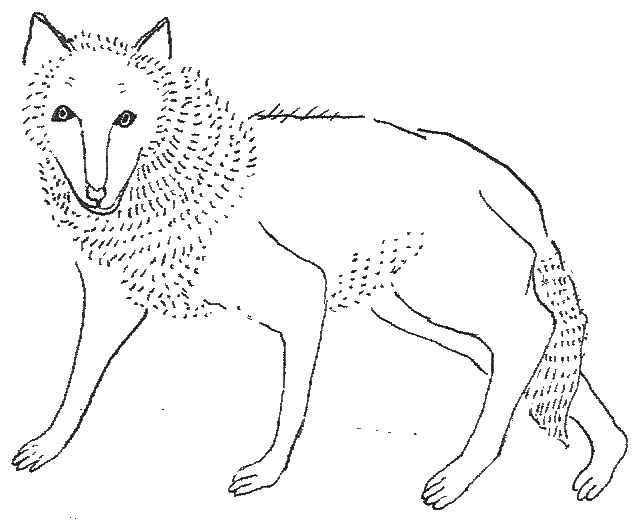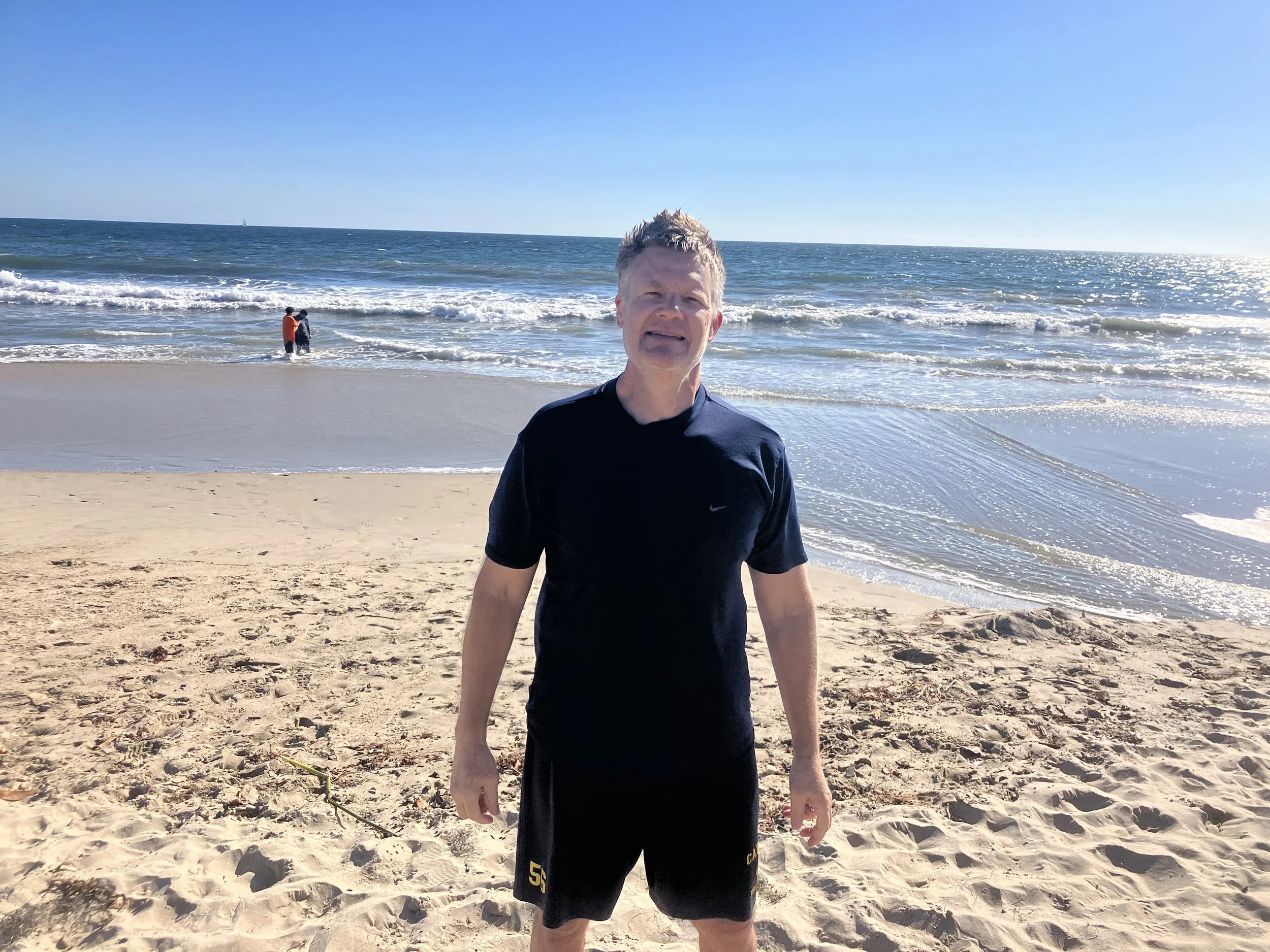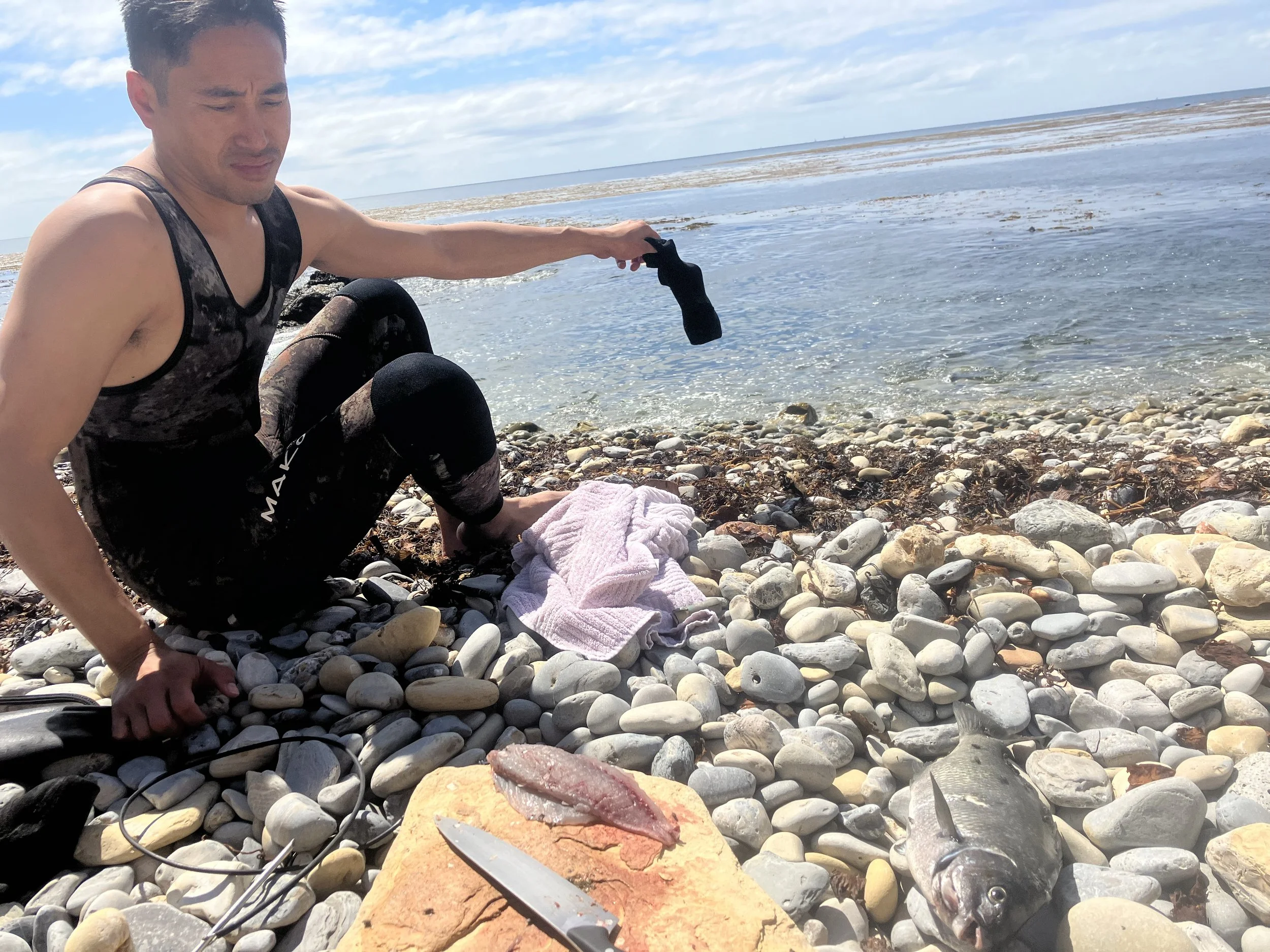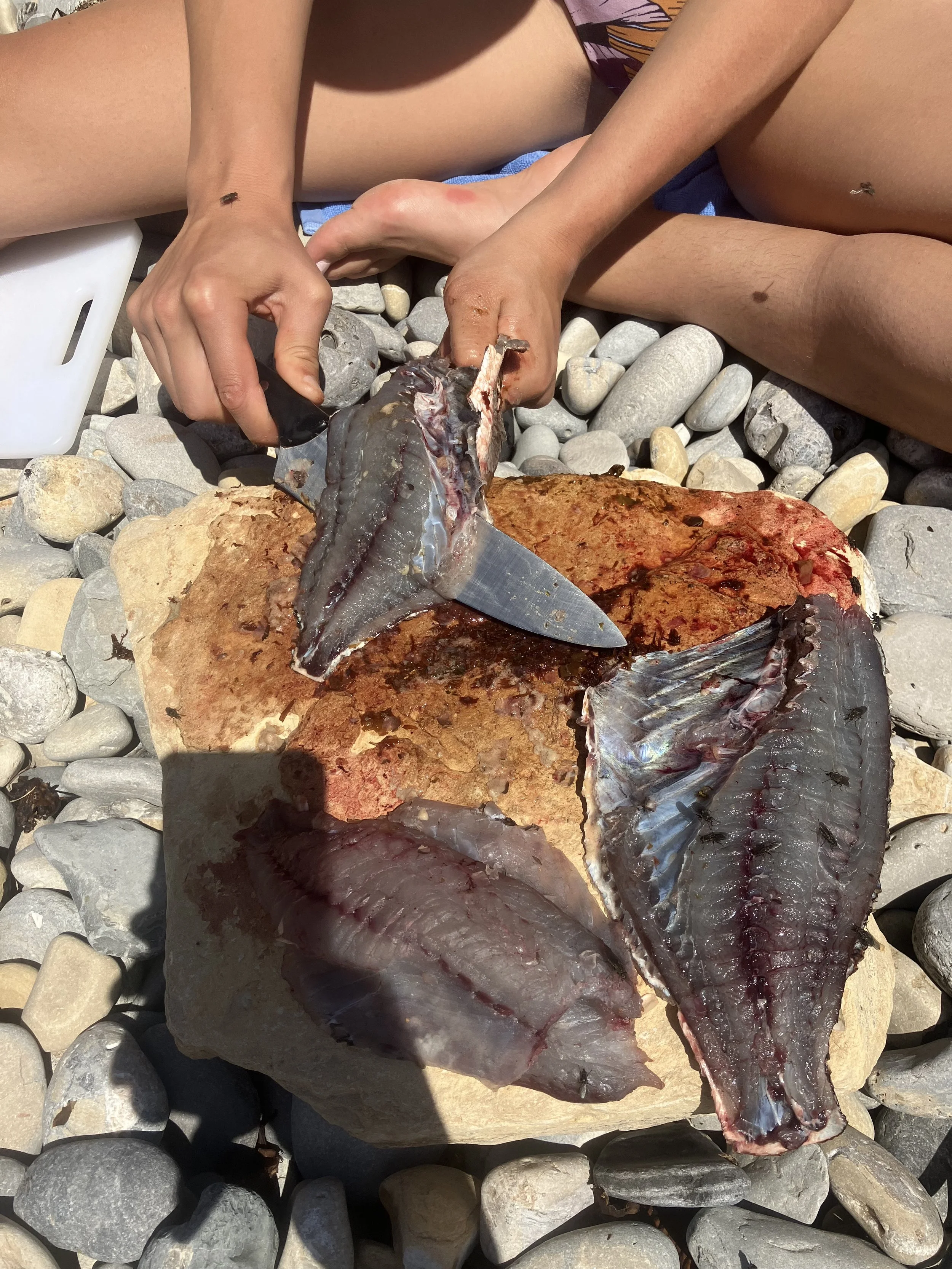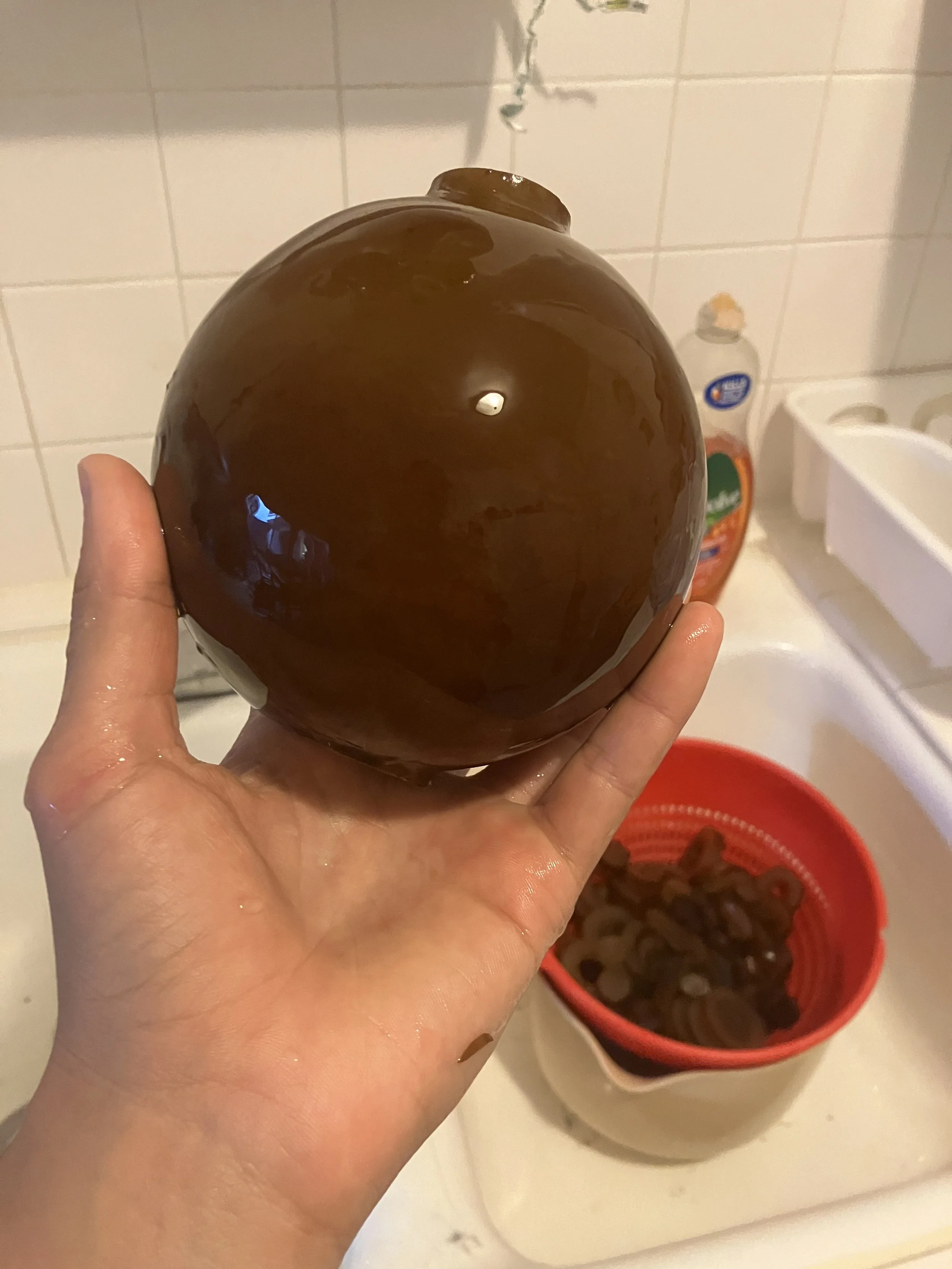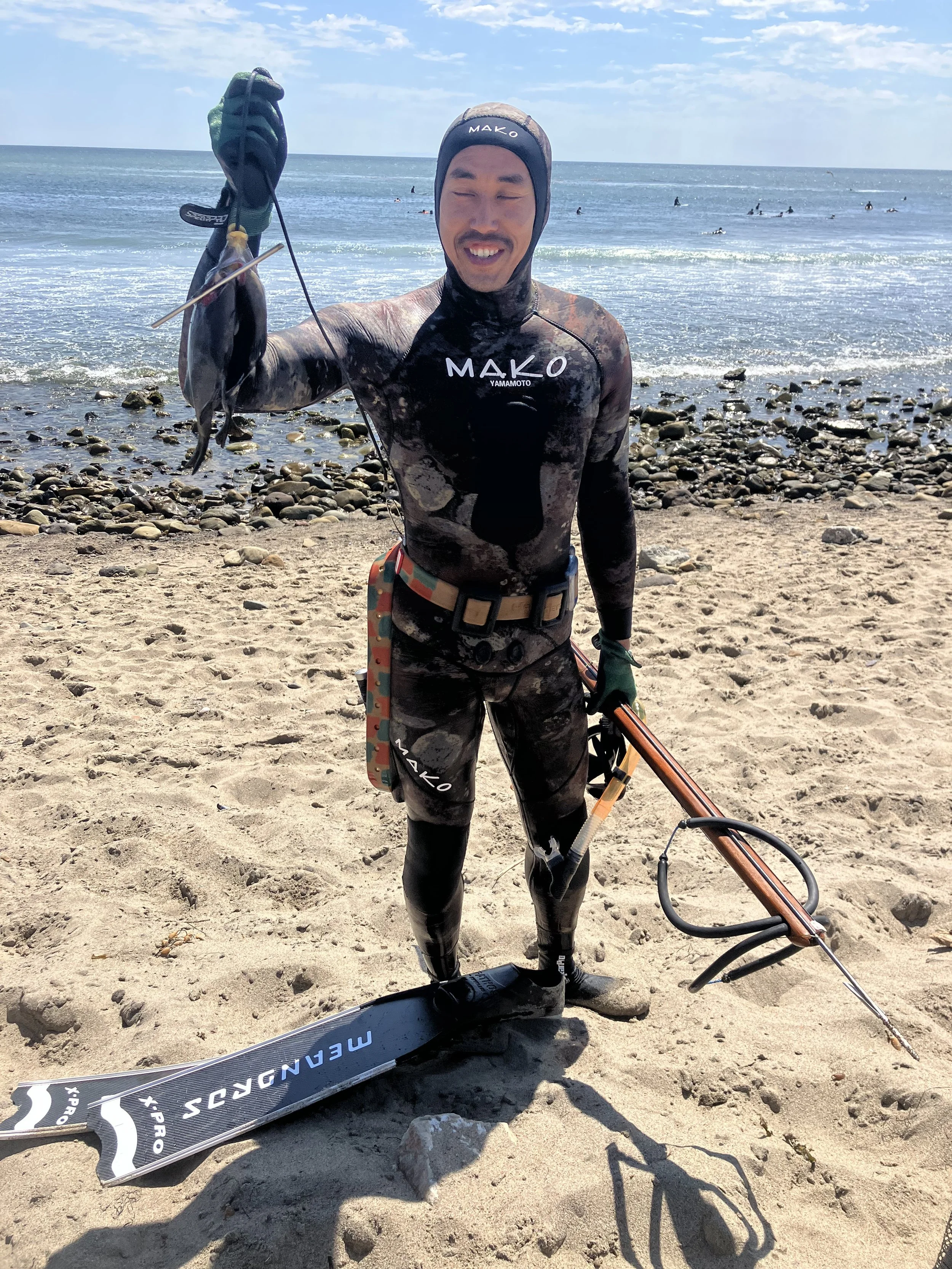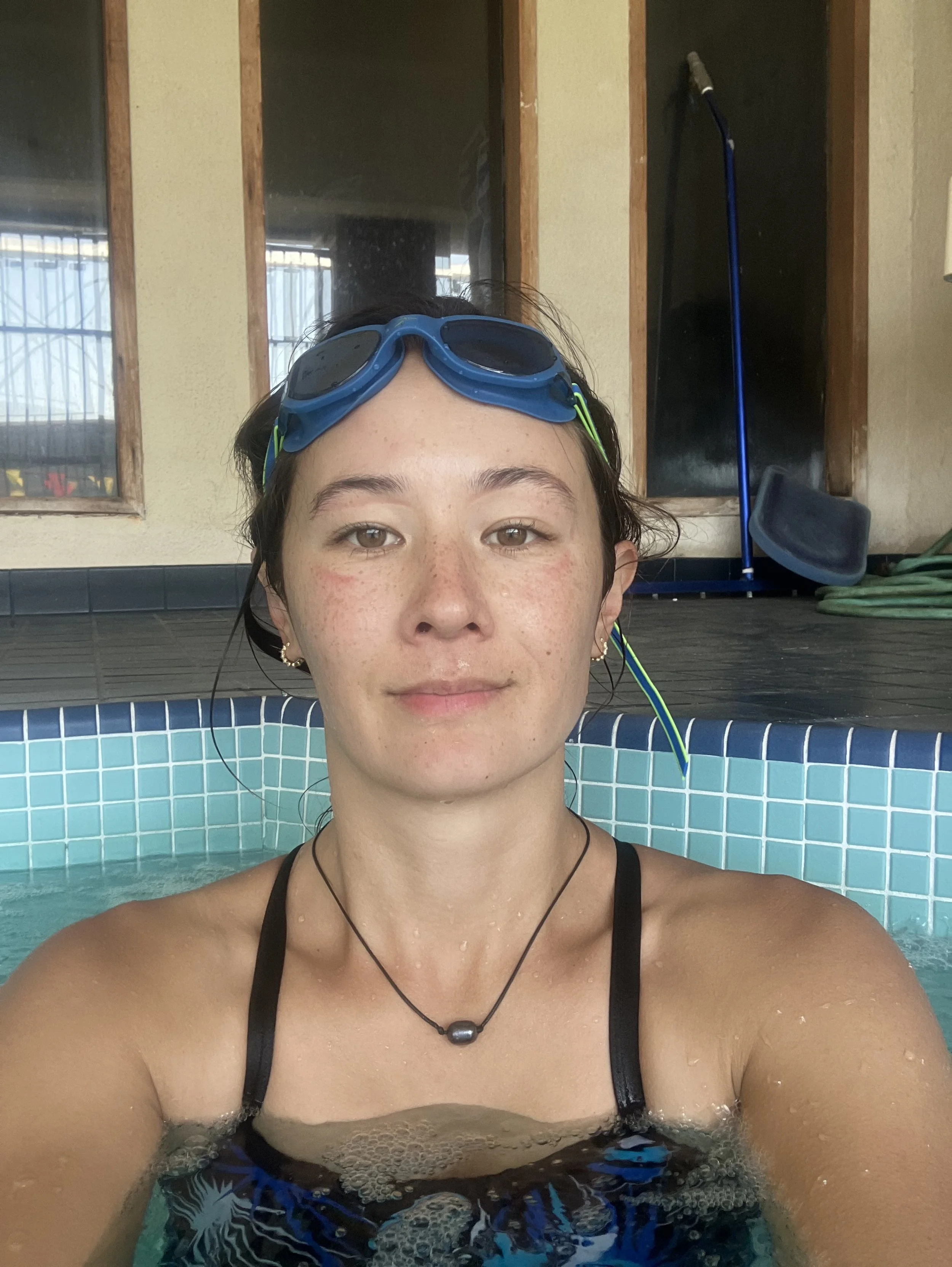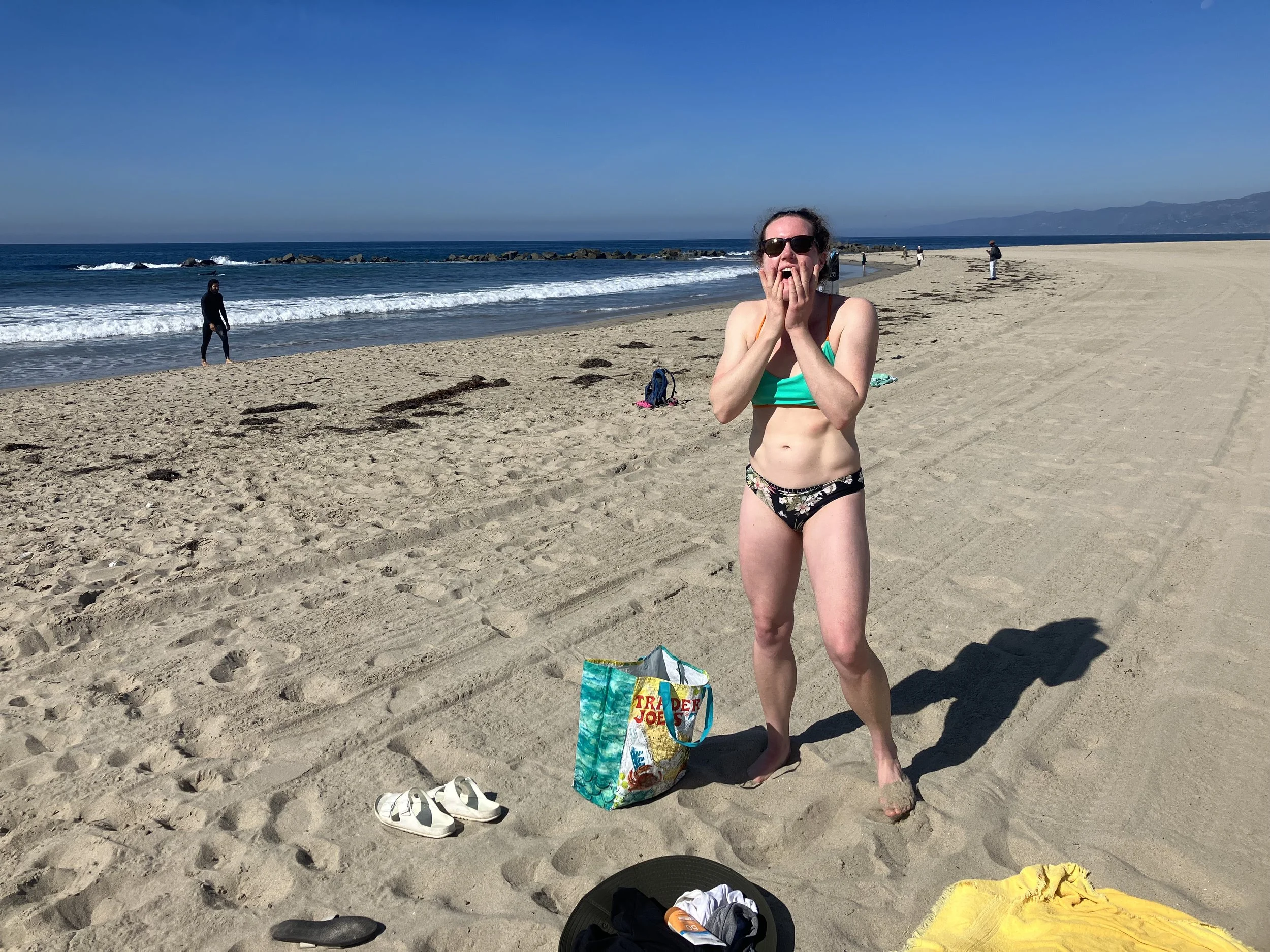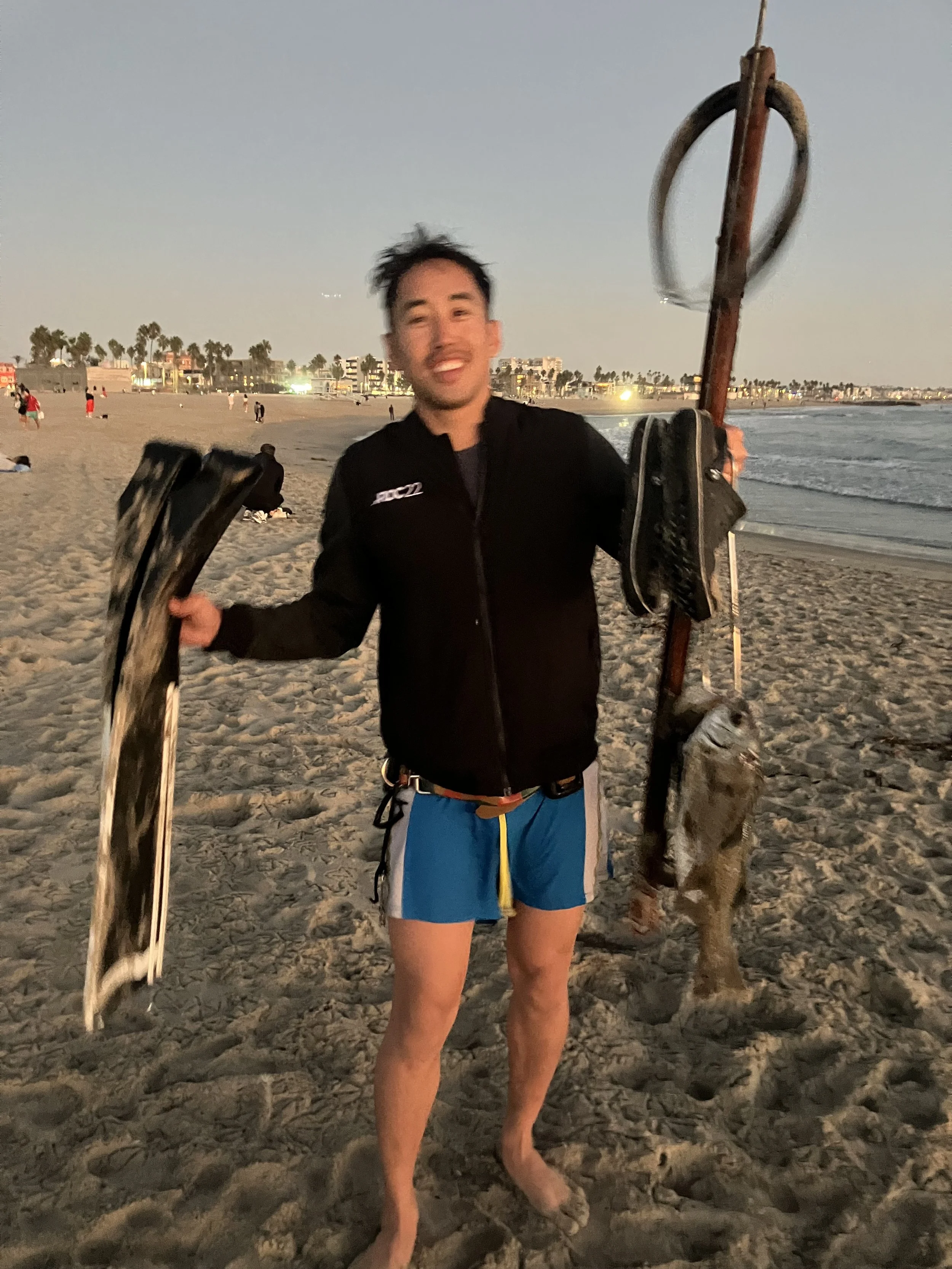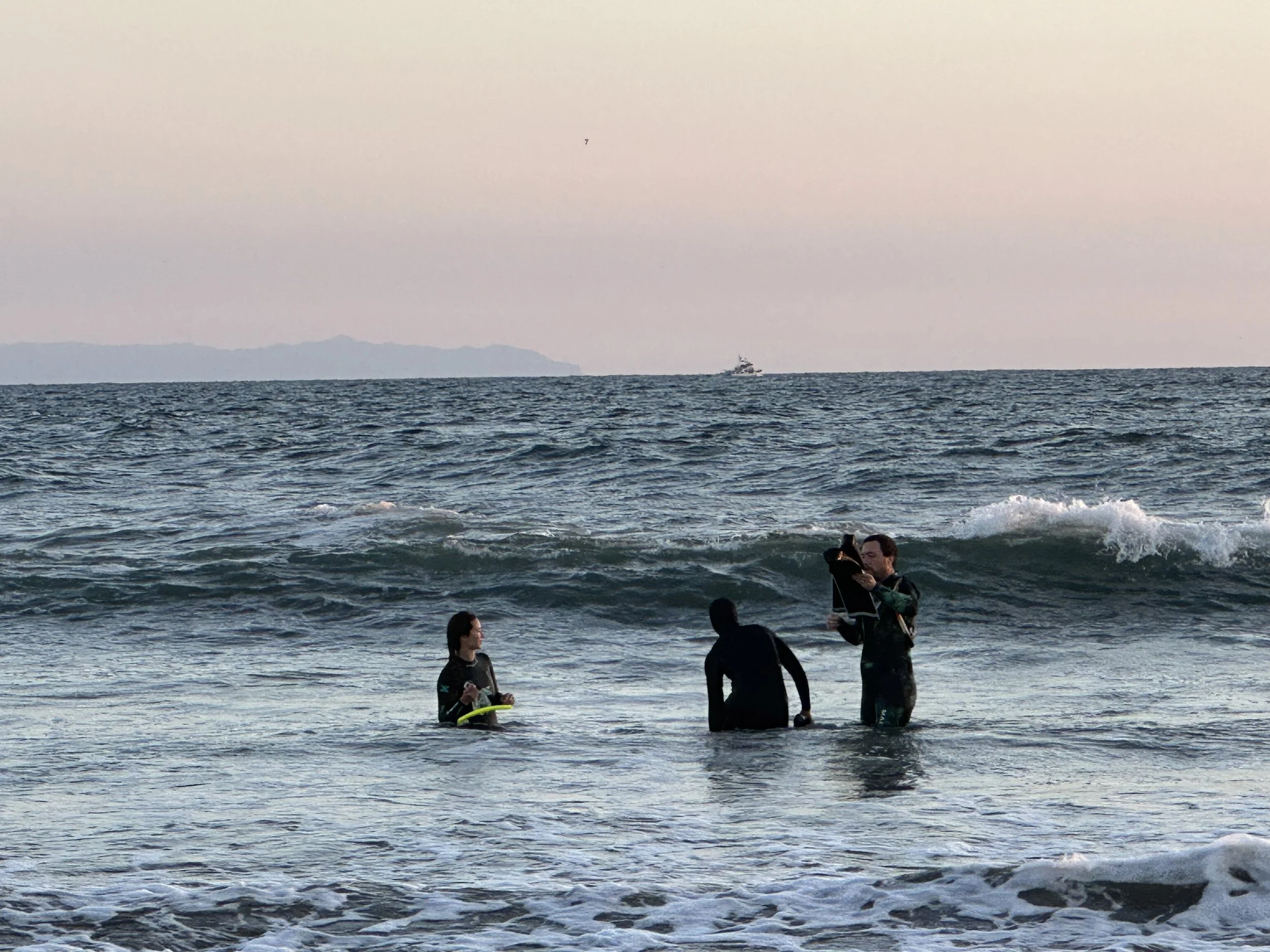swims in southern California
Santa Monica, August
Dad and I walk down Montana Ave to the famous Santa Monica exercise stairs, which cross the intimidating cliffs that separate northern Santa Monica from the beach. There does seem to be an entire fire-fighting team making laps on the stairs, and we have to cross over the busy highway as well. The beach feels like it is a quarter mile from the street to the ocean, and we hold our shoes in our hands as we walk through the sand. Dad and I pile our things on the before the water and walk into the ocean. Tropical Storm Hilary has passed through in the last few days, leaving the water dark and murky and with a stiff swell. The current is tough and sideways but we swim out past the break. The water is much warmer than we expected it to be and a brilliant low sun breaks up the dark color on the top of the waves as they tear on top. Back on the beach, a stout lifeguard brings his float over to tell us that we were in a place with bad undertow from an outflow pipe. Later Dad will say the swim was his favorite part of the day, and there will be a lot of sand in my swimsuit and in my hair.
In class, a few weeks in, we present about our research interests. My power point is mostly cobbled together from other power points from my masters years. Ecofeminism, hydrofeminism, fishing rights and love. The night before I couldn’t resist uploading a few phone photos from the summer when I was spending all day in the kitchen chopping up kelp and vacuum sealing little slivers of iridescent rock fish flesh. There’s a photo of a lot of beautiful salmon berries manically organized on cookie pans for freezing, and an image of a little plate of boiled gooseneck barnacles that Alyssa and Devon brought to a potluck, and a photo of a nice pile of kelp fish on the bottom of a boat that Derek shot. On the slide, I put a little bit of text: “research!” After, they were asking questions around the linoleum table where we sit for the 3 hours of class and they wanted to know if I ever perform harvesting or swimming as part of the work, and I explained the organization in my head that keeps harvesting and swimming belowground, as part of my sponge phase, research entering in, and later art exits out, in more readily recognizable art-forms, like a simple documentary film, an oil painting with pegs to hang, or even a few tie dye hammocks. But my peers and professors suggested I think about allowing audiences to access this part of the process. That night waiting for the metro, I was thinking a lot about this conversation.
La Jolla, December
Driving through San Diego, Derek pointed out his old haunts. “I used to bike up this street... we used to throw darties in this house …” It was sweet but I had a hard time relating, distracted by thinking about Aurora and other places that this reminded me of, Carleton and Santa Cruz, etc. Aurora was staying in her friend’s one bedroom graduate housing, a Norwegian friend and the apartment was very cute and sparse in a comforting way. We chatted while Aurora ate some food in a bowl with her hands, crackers and apples maybe, and I was looking around the apartment. Bike, guitars, little pinned up art of fish and ocean creatures, a calendar that had all the days of the year on one page. It was a ground floor apartment and the sun came in over the grass in the courtyard. When we left, a single sprinkler sent a jet of water up into the sky, looking really silly and ineffective. Aurora said she was annoyed about the landscaping at UCSD. She mentioned something that Derek had been telling me on the way over, that UCSD was designed in the 60s and 70s, and it was designed specifically to prevent large gatherings and protests. We drove down the hill to Aurora’s office at Scripps Oceanographic Institute, which was very impressive and shiny, looking right over the tall cliffs to the ocean. We grabbed her wetsuit and snorkel mask, which were in her office. In the office were also two big foam surfboards and a map of Greenland. I felt very starry eyed around the shiny ocean institute.
La Jolla cove park was covered in people who were walking around and looking at the sea lions and birds. Cormorants were hanging out right next to the walkway, on a sandy cliff. They had blue patches below their beaks. It smelled crazy there. Across the cove, a colony of pelicans was hanging out. Below, a bunch of sea lions cuddling, yelling and rolling around in the surf. It was a little hectic to be around all the people, but it was a lovely day and I felt physically good and happy to dedicate time to this. We walked down the concrete stairs and got dressed on the cold sand in the shade of the cliffs. There were other people swimming and snorkeling, so it felt allowed for us to do that, even though the waves were pretty intimidating as they came in from the southwest, curving around the rocks at the the south side of the cove. To our right, we saw the pale cliffs over Black Beach, which Aurora told us was the nude beach of the area, and the Scripps pier, where she said they have been taking continuous ocean measurements for over 100 years. I felt like we were in a very special enclave, a place defined by niceness, scientific funding, full of fancy cars, laboratories, mansions, well-dressed families, and a wild coast. I was overwhelmed by the presence of the Institute, my good from Alaska, and the friendly sea lions. We walked slowly into the water, and the moment I put my mask under the water, a big brown face was looking up at me, with pale silver eyes. One of the younger sea lions had swam right below me and Aurora, comically rolling its eyes directly up at us while swimming slowly beneath us. After a couple more passes, the young sea lion sped away, an athletic brown torpedo. It’s always such a blessing and a rush to see a large sea animal underwater. Immediately Aurora and I surfaced to start talking about all the life in the shallows of the cove; even before the shore break, the seafloor was filled with eel grass, rocks covered in life, different sea weeds. Calico sea bass, bright orange Garibalis, different colored perch, and lots of unknown tiny silver fish were darting around in the surge. I swam down and grabbed some eel grass and pulled myself along the bottom, getting a closer look. I had a feeling thinking about how time slows down underwater, because the time there is limited by your breath. I had forgotten my snorkel in the car, so I was breathing with a lot more intention at the surface. The water was cold but refreshing.
Aurora and I went back to the sand while Derek followed a spear fisherman out to talk to him about the two fish hanging from his belt. Aurora stayed in to draw and she lent me her snorkel. Derek and I got back in, our goal the kelp beds to the southern side of the cove. We swam out there, scouting for fish, Derek carrying his pole spear. We approached the kelp in deep water, maybe 15 to 20 meters. I thought about how I always loved diving, even as a kid messing around in pools, and I wondered what this originated from. Submerging into a foreign environment. I remember swimming around the neighborhood pool as a kid, looking for treasures underwater, sometimes finding a dropped piece of jewelry, but most often finding more disgusting things. I thought about Leanne Shapton’s Swimming Studies, in which she dedicates a section of the book to a booger that she saw while swimming one day as a young athlete. Anyway, the kelp forest is incredibly tall and beautiful, and I think about people calling it a “cathedral,” which I feel is very apt. I dive down, pulling the stalks to get all the way to the bottom, turning around and looking up. There is an urge while free diving to push the limits of how far down I can go, even though it’s dangerous. Perhaps it is a thrill, like wanting to see how fast you can bike down a hill without braking. But I think it is more of a siren call, the pull of something very beautiful, mysterious and dangerous. I am cautious and not willing to risk anything for a recreational swim, but I feel that pull downwards clearly.
Derek and I take durns diving, which is part of our safety protocol, keeping an eye on the other while they go down. Derek’s suit blends into the water, the white outlines on his fins the only thing I can see while he dives down. He wields his pole spear but doesn’t take any shots. There are definitely less large, legal fish out here outside of the protected zone nearer to the shore. On one of my dives, I see a nice school of Calico bass, but they fade away from me and we can’t find them again. I use my hands to move through the kelp, thinking about the piece I wrote recently about kelp. I forgot to mention the beautiful rippled texture of the kelp’s surface, and the way that the sun is striated as it moves along it. I didn’t mention the way that the kelp blades all strain towards the surface. Looking back towards La Jolla, I see a drone buzzing above us. I wonder what it sees from that point of view. Can it see us? Derek and I keep heading more and more south, looking for fish. We come across a shallow area, a jumble of rocks. Derek says it’s worth exploring, but I’m getting tired of diving, feeling cold. My hands especially are getting chilled and fatigued. A large school of impressive, striped perch swims around me, backlit by the sun underwater, a cinematic and memorable moment. Two sea lions, which seem like adults based on their size and serious demeanor, speed past us, at a very close range, but pretending not to see us. Later I am thinking about this lack of acknowledgement by the sea lions and it makes me feel like laughing. Like I know they saw us.
We head back towards shore; I am feeling cold and wanting to get out, even though I know Derek wants to keep diving until he gets that fish. I don’t want to deal with a smelly fish in our car today, and am not even sure if we have a good receptacle for it, so I’m secretly against the idea of getting a fish. On the way back I see a strange slinky underwater creature, is it an otter? Then I realize that it’s one of the cormorants swimming around near the bottom, its feathers shining, its wings plastered next to its body so it looks like limbless creature. It propels itself by pumping its feet in unison, moving very quickly and smoothly, directed by its snake-like neck and pointed beak. Such a blessing, I have never seen a bird underwater before. I followed it for a while even after it was at the surface, looking at its black feet paddling it forward.
Later, Aurora tells me about seeing penguins swim in Antarctica, and realizing that they were made for the ocean, that they fly underwater. I think about the funny flight of cormorants, and how they are somehow able to be so effective both in the air and in water. Even on land. As humans, we can also experience this transformation between elements. The physics are different, the chemistry, the rules for staying alive. It just goes to show how adaptable we are, and how all the basic laws of existence around us are perhaps subject to change, depending on where we are. When we got out of the water, Aurora was waiting for us, and she had made a beautiful drawing of the cove and the surrounding landscapes.
